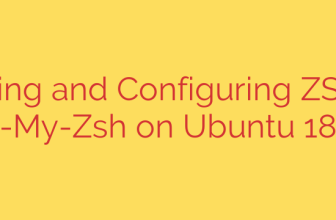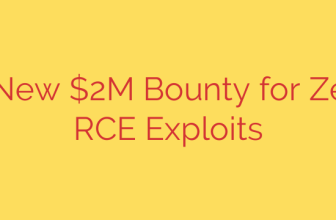
Urgent Security Alert: Critical Oracle E-Business Suite Flaw Exploited in Ransomware Attacks
A severe vulnerability in Oracle’s E-Business Suite (EBS) is being actively exploited by cybercriminals to deploy ransomware and extort businesses. This critical flaw, tracked as CVE-2022-21587, allows attackers to gain initial access to a company’s network without needing any credentials, making it an exceptionally dangerous threat for organizations that have not yet applied the necessary security patches.
The U.S. Cybersecurity and Infrastructure Security Agency (CISA) has added this vulnerability to its Known Exploited Vulnerabilities (KEV) catalog, underscoring the immediate and ongoing risk to federal agencies and private enterprises alike. If your organization uses Oracle EBS, this is a threat that requires your immediate attention.
What is the CVE-2022-21587 Vulnerability?
At its core, CVE-2022-21587 is a high-severity flaw found within the Oracle Web Applications Desktop Integrator (Web ADI), a key component of the E-Business Suite. This tool is designed to integrate Oracle EBS with desktop applications like Microsoft Excel.
The vulnerability allows an unauthenticated, remote attacker to upload malicious files, such as a webshell, to a vulnerable server. Because the exploit requires no login credentials, any internet-facing EBS instance with the Web ADI module is a potential target. The flaw carries a critical CVSS score of 9.8 out of 10, highlighting its potential for severe damage.
The Attack Chain: From a Single Flaw to Full-Scale Extortion
Security researchers have observed a clear and effective attack pattern being used by threat actors, including the notorious LockBit ransomware group. The process typically unfolds in these stages:
- Initial Compromise: The attacker scans the internet for vulnerable, unpatched Oracle E-Business Suite servers. Upon finding one, they exploit CVE-2022-21587 to upload a malicious JavaServer Pages (JSP) file, which acts as a webshell.
- Establishing a Foothold: This webshell provides the attacker with a persistent backdoor into the compromised server, allowing them to execute commands remotely.
- Lateral Movement and Reconnaissance: Once inside the network, the attackers explore the environment, identify critical systems, and escalate their privileges to gain deeper access to sensitive data and infrastructure.
- Ransomware Deployment: After exfiltrating valuable data, the attackers deploy the LockBit ransomware to encrypt the organization’s files, crippling business operations.
- Extortion: Finally, the attackers demand a ransom payment in exchange for a decryption key. They often use the threat of releasing the stolen data publicly as additional leverage to force payment.
The speed of this attack is alarming. A single, unpatched vulnerability can lead to a complete network compromise and a devastating ransomware incident in a very short time.
How to Protect Your Oracle E-Business Suite
The active exploitation of this vulnerability means that passive defense is not enough. Organizations must take proactive steps to secure their systems immediately. Here are the essential security recommendations:
- Apply the Oracle Patch Immediately: Oracle released a patch for CVE-2022-21587 in its October 2022 Critical Patch Update (CPU). This should be your highest priority. Patching is the only definitive way to remediate this vulnerability.
- Limit Network Exposure: As a best practice, critical enterprise applications like Oracle EBS should not be directly exposed to the public internet. Place your EBS instances behind a firewall and use a secure VPN for remote access. This simple step significantly reduces your attack surface.
- Hunt for Indicators of Compromise (IOCs): If you suspect a compromise, your security team should immediately investigate for signs of malicious activity. Search your server for any unauthorized or suspicious
.jspfiles, particularly in web-accessible directories like/OA_HTML/. These files could be the webshells used by attackers. - Implement a Web Application Firewall (WAF): A properly configured WAF can provide an additional layer of defense by inspecting incoming traffic and blocking malicious file upload attempts, even before they reach your server.
- Maintain a Robust Backup and Recovery Plan: In the event of a successful ransomware attack, having secure, offline, and immutable backups is critical for restoring operations without paying a ransom. Regularly test your backup and recovery procedures to ensure they are effective.
The threat posed by CVE-2022-21587 is not theoretical—it is an active and present danger. By taking these decisive security measures, you can protect your organization’s critical data, maintain operational continuity, and avoid becoming the next victim in this ongoing extortion campaign.
Source: https://cloud.google.com/blog/topics/threat-intelligence/oracle-ebusiness-suite-zero-day-exploitation/








